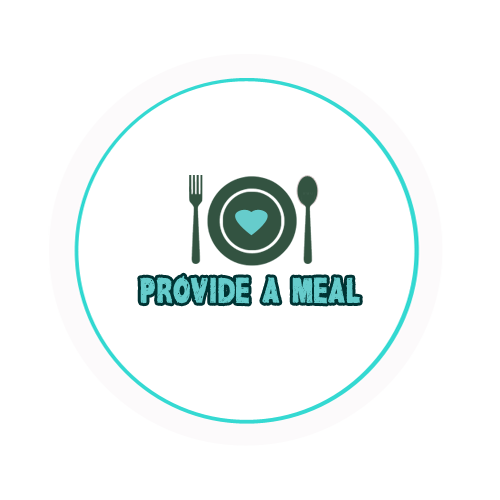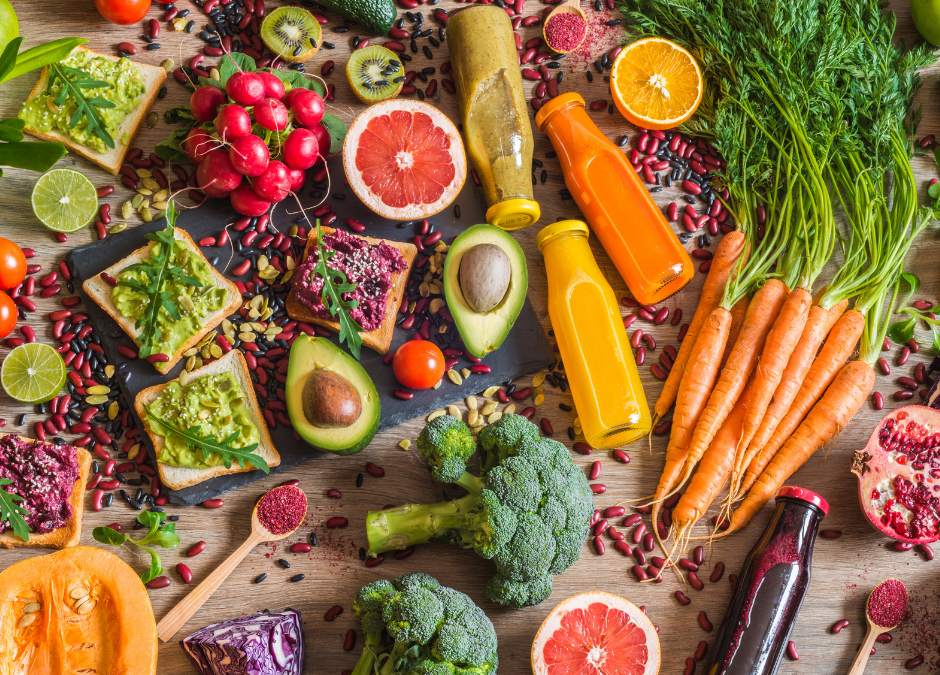- Calcium comes in many foods that do not involve milk, cheese and yogurt — although those are all first-rate sources of calcium. But before we dive into calcium-rich alternatives, here’s a fast reminder about why maintaining healthy calcium levels is so essential.Bone health. 99 percent of your body’s calcium is stored in your bones and teeth. Until you reach older adulthood, your body is consistently rebuilding and strengthening your bones, requiring an everyday intake of calcium.
Heart function. Calcium literally keeps your muscular tissue pumping.
Nerve transmission. Calcium fires cell signals that direct your muscles to contract and acquire you moving.
If you’re avoiding dairy, make a habit of incorporating a number of these other calcium-rich foods in your diet:Canned sardines. Check the label to make sure they’re canned in oil, bones included.
Fortified soy, almond and rice milk.
Fortified fruit juice. Check the label; not all fruit crush is fortified with calcium.
Tofu made with calcium sulphate.
Canned pink salmon with bones.
Fortified cereals and English muffins. Check the label; many popular ready-to-eat breakfast cereals and English muffins include a healthy dose of added calcium.
Greens. Turnip and cole and kale all pack a calcium-rich punch.
Beans. Garbanzo, kidney, navy and even canned baked beans provide calcium; boiled green soybeans are another good option.
Veggies like cooked broccoli, Chinese cabbage, edamame and acorn squash.
Papaya, dried figs and oranges.You will possibly be ready to find a minimum of one among these products at a bank or restaurant.Download PROVIDE A MEAL app and feed someone today!






